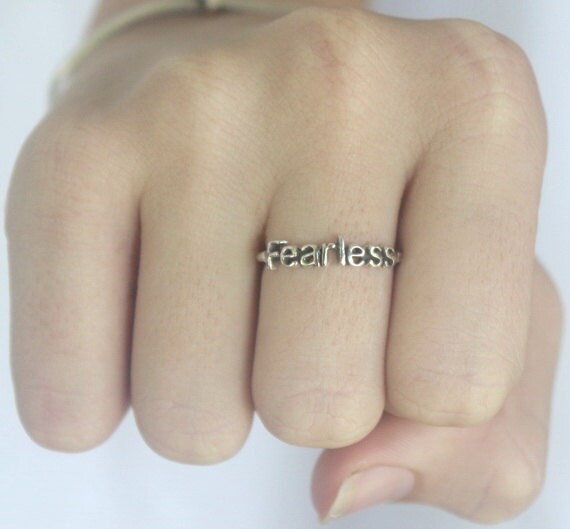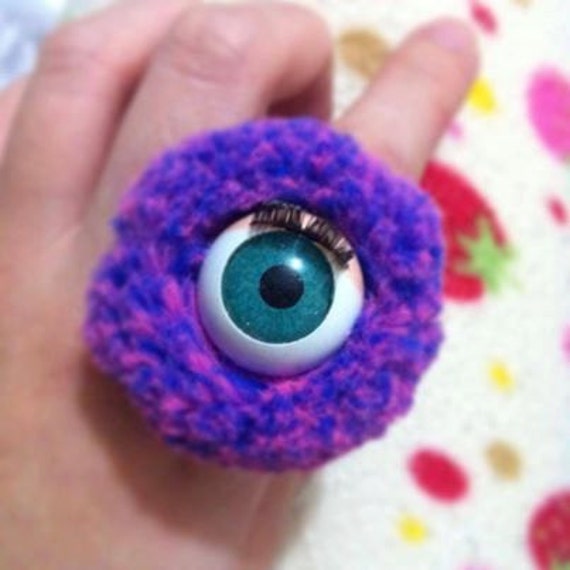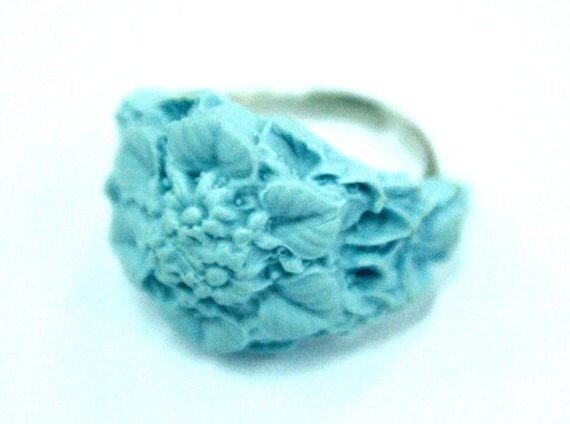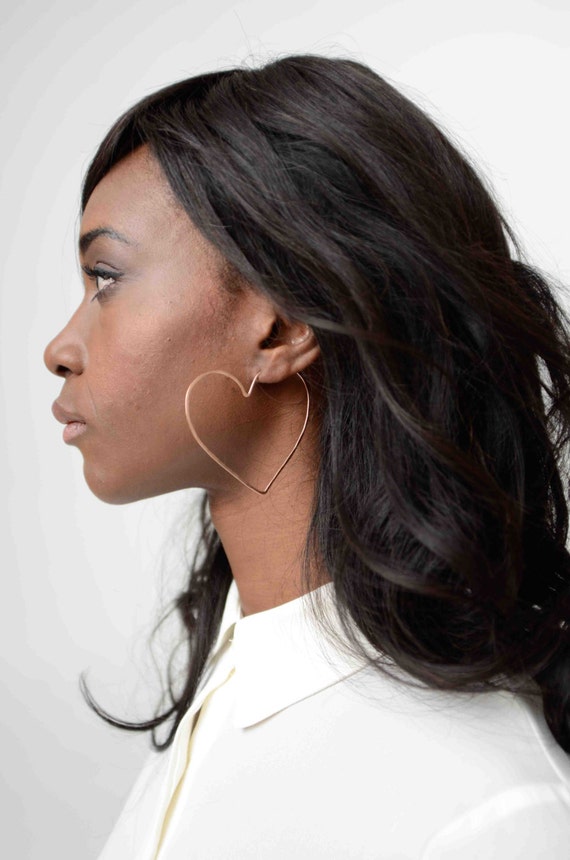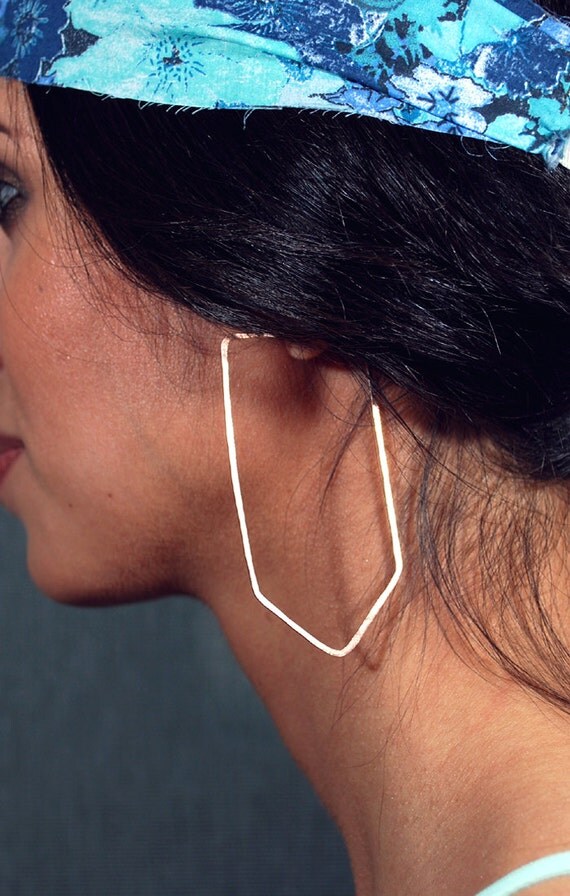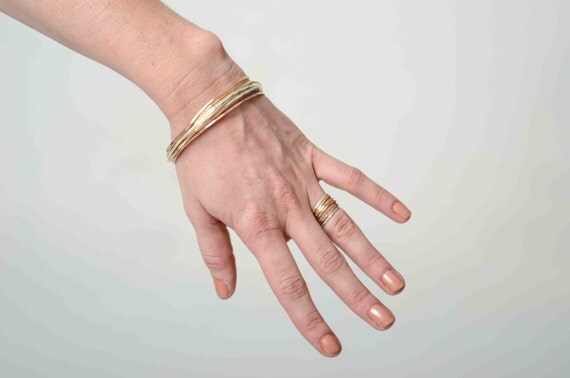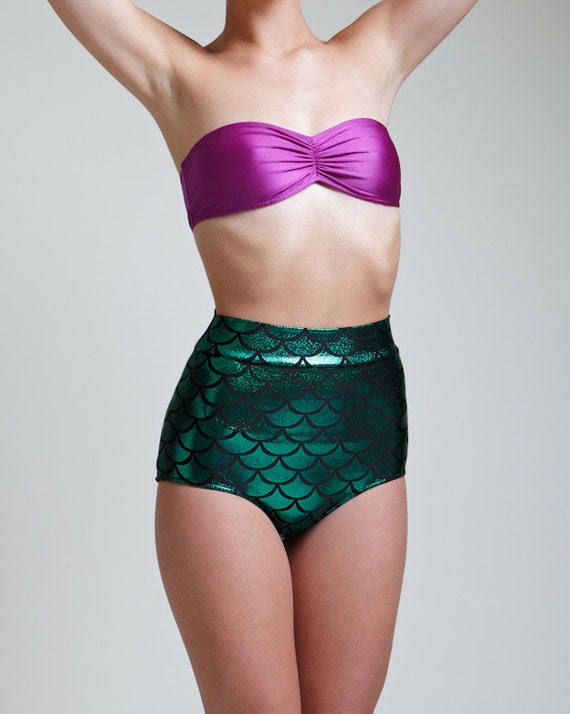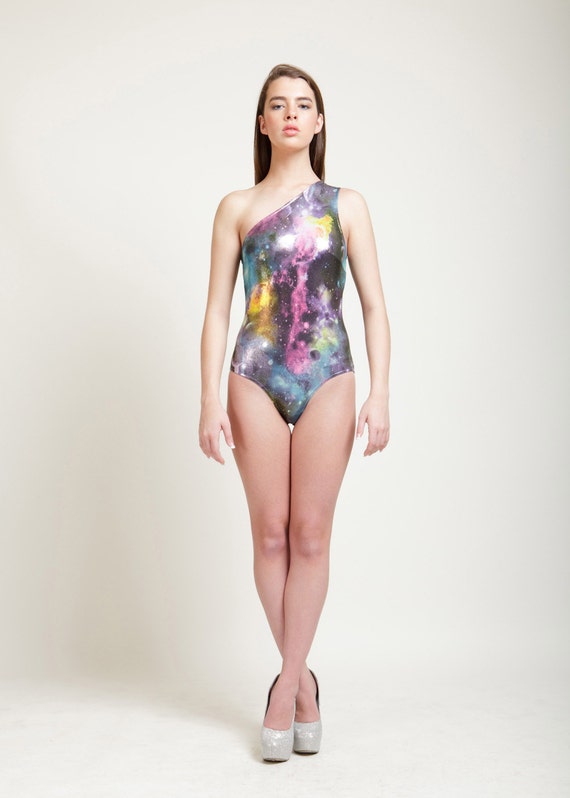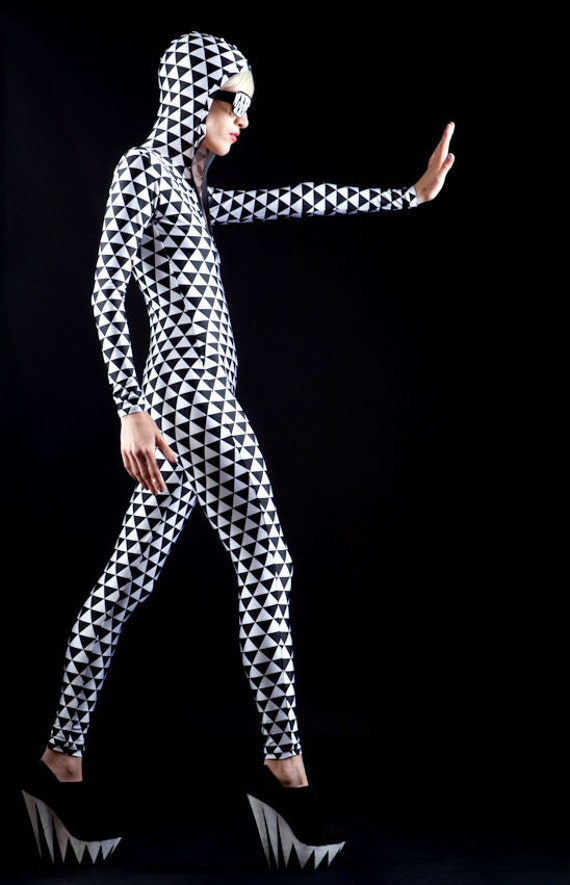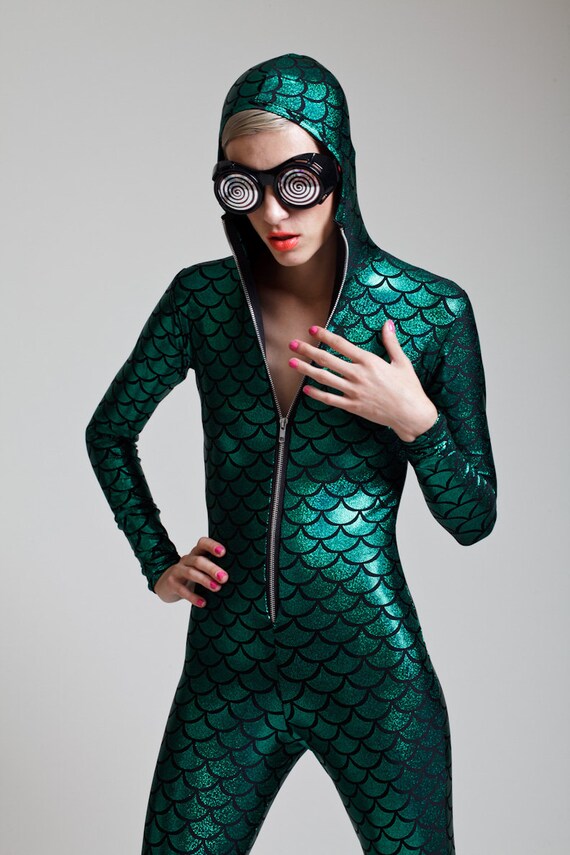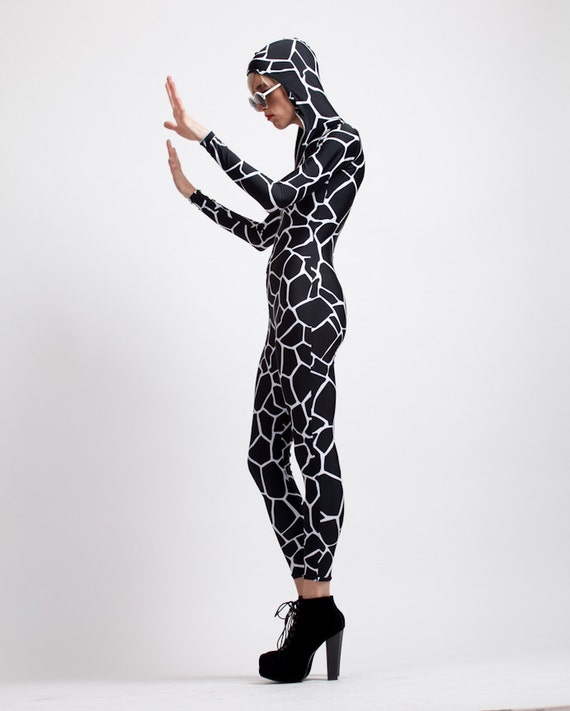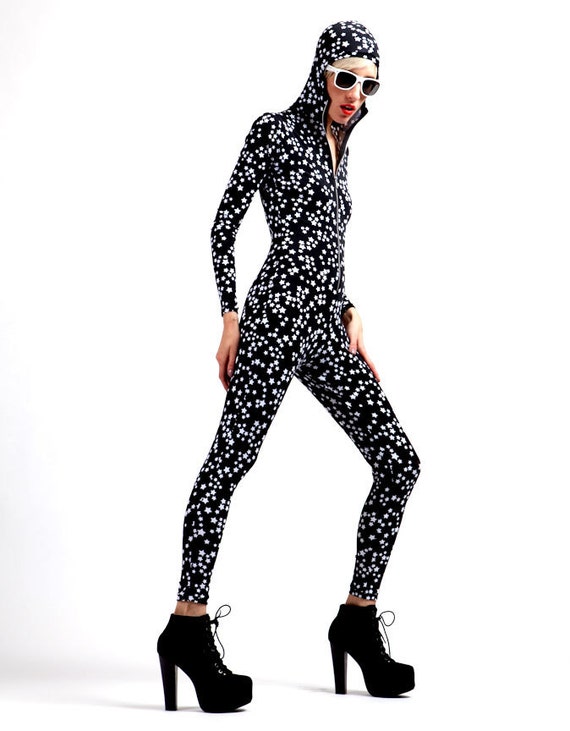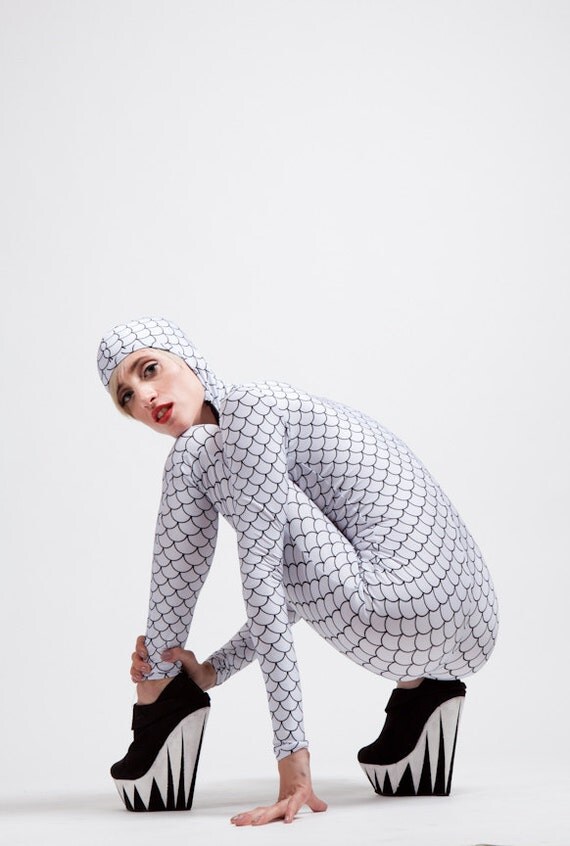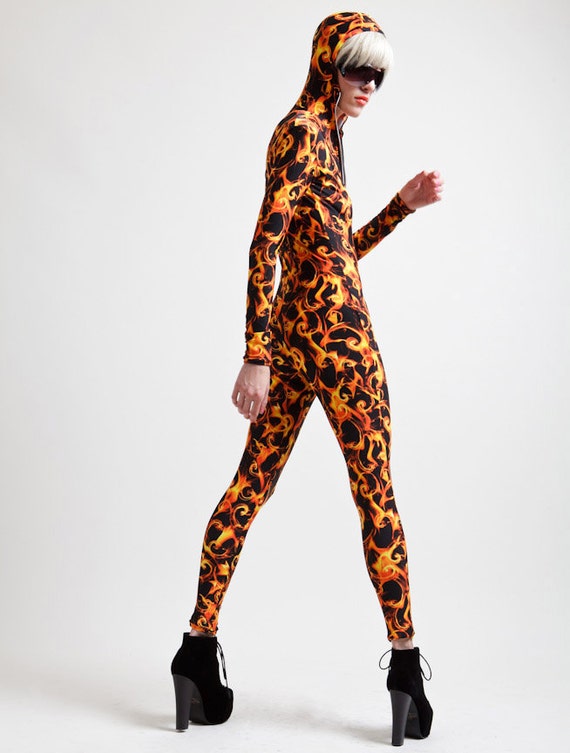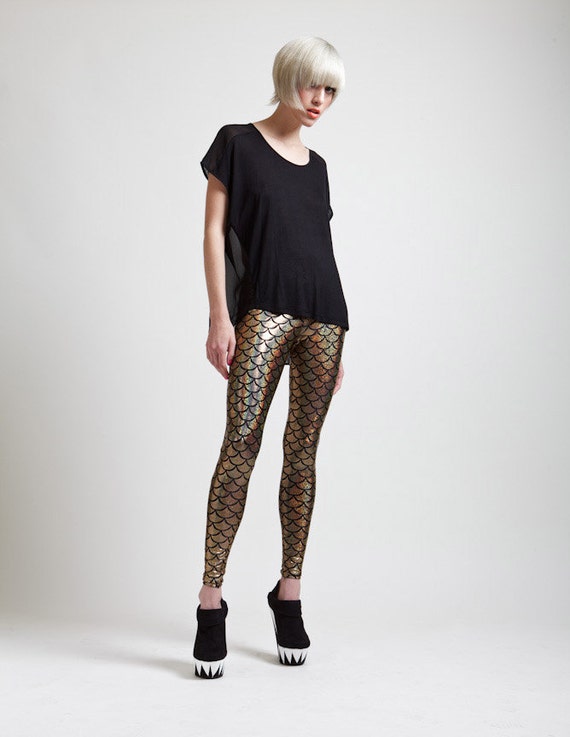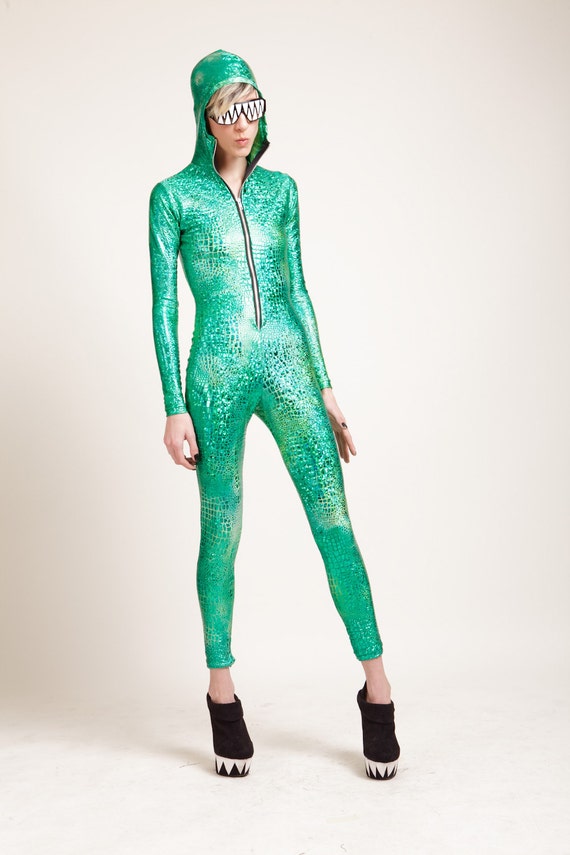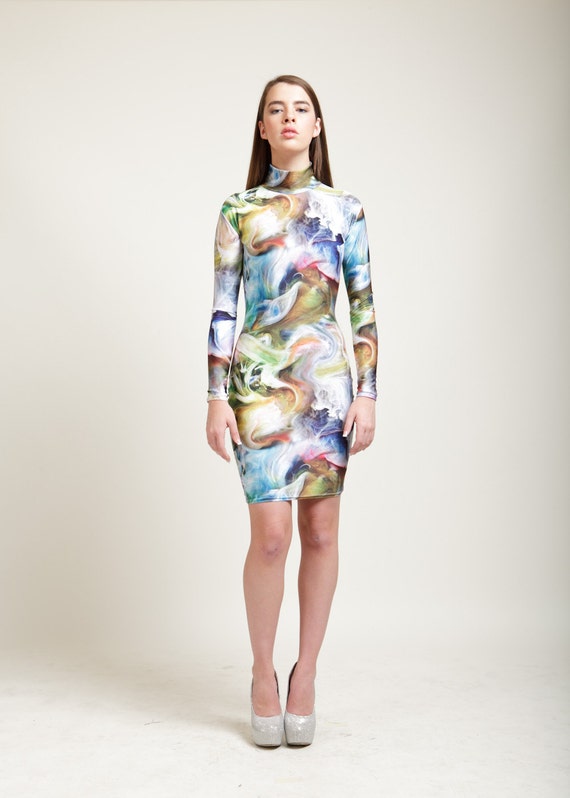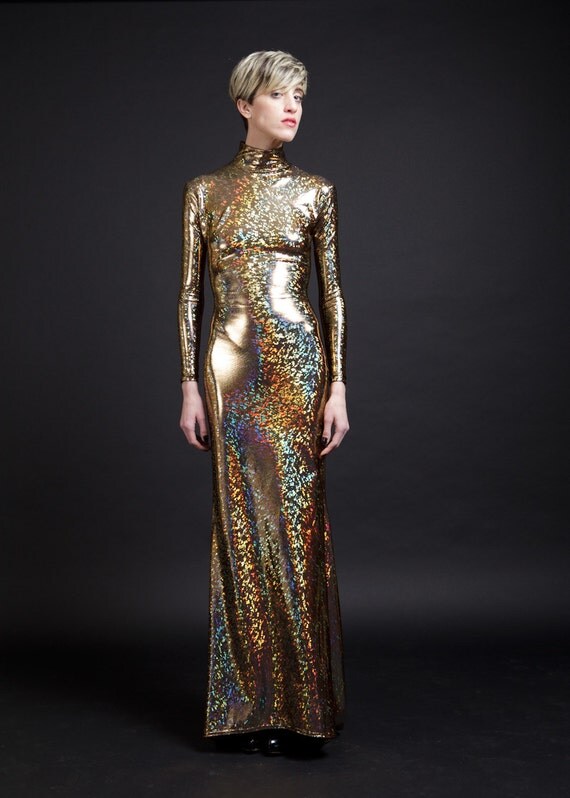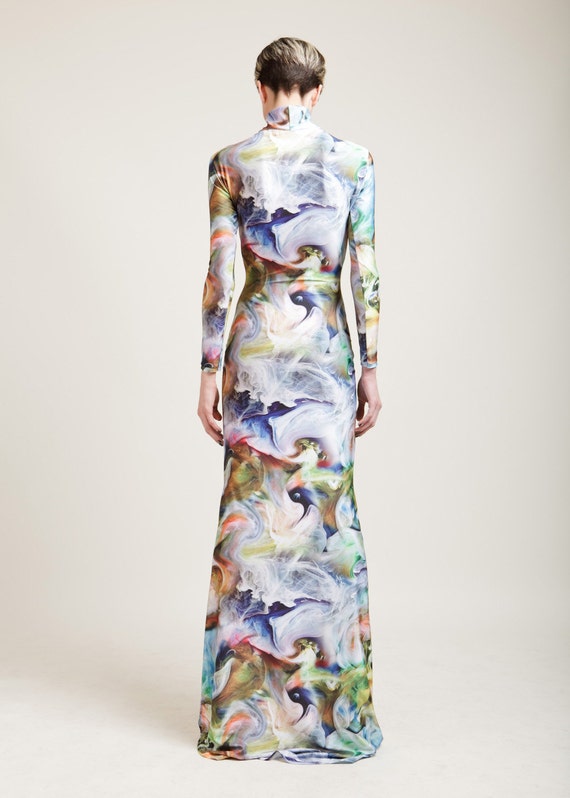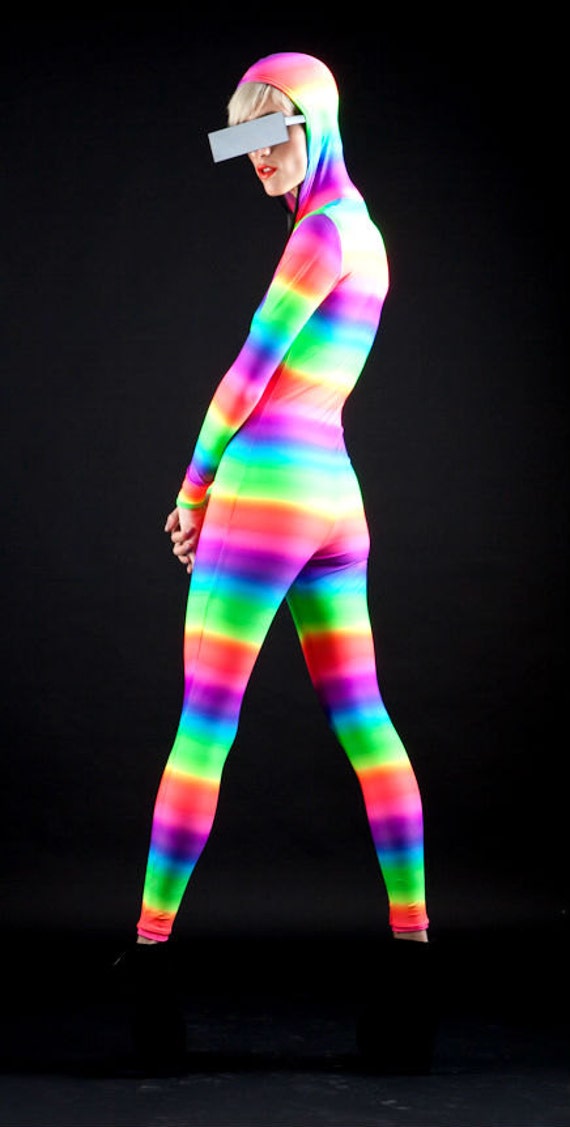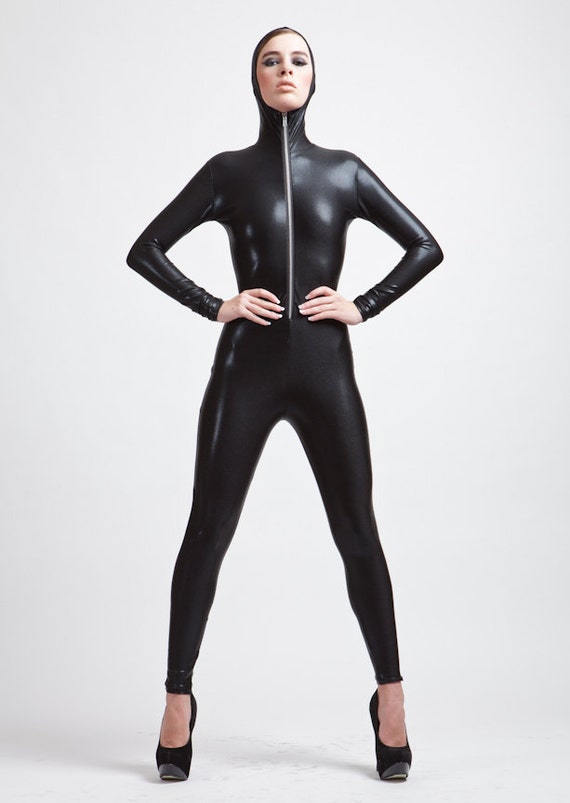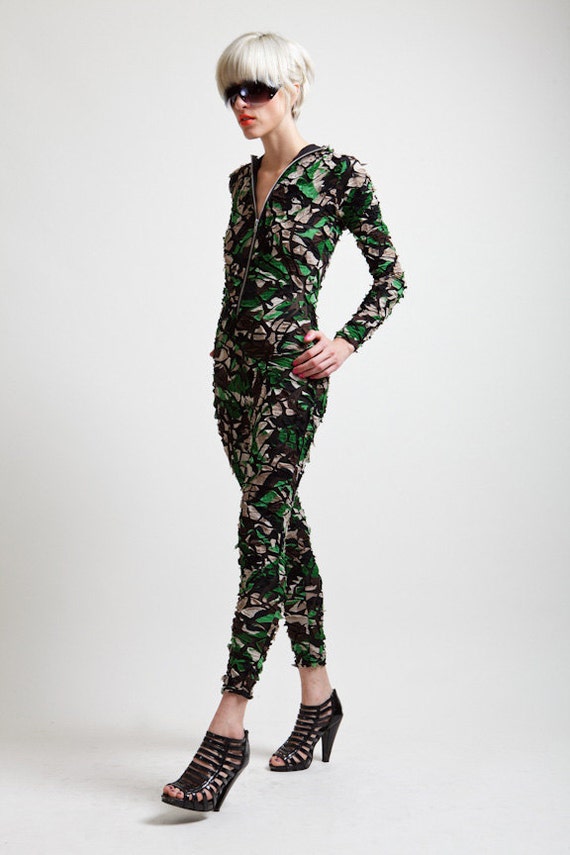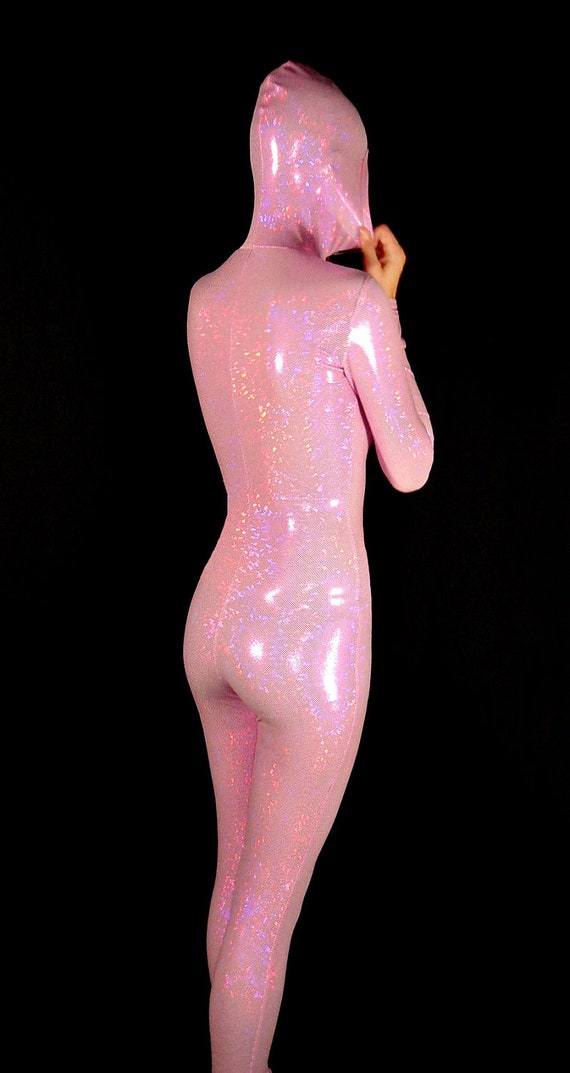Cixous, Barthes, and Kristeva
“We should write as we dream; we should even try and write, we should all do it for ourselves, it’s very healthy, because it’s the only place where we never lie. At night we don’t lie. Now if we think that our whole lives are built on lying-they are strange buildings-we should try and write as our dreams teach us; shamelessly, fearlessly, and by facing what is inside very human being-sheer violence, disgust, terror, shit, invention, poetry. In our dreams we are criminals; we kill, and we kill with a lot of enjoyment. But we are also the happiest people on earth; we make love as we never make love in life.”
― Hélène Cixous

Models wear historic hairstyles, including the 'Vestal Virgin' style, left, and one favored by Cleopatra, right.Janet Stephens
By day, Janet Stephens is a hairdresser at a Baltimore salon, trimming bobs and wispy bangs. By night she dwells in a different world. At home in her basement, with a mannequin head, she meticulously re-creates the hairstyles of ancient Rome and Greece.
Ms. Stephens is a hairdo archaeologist.
Her amateur scholarship is sticking a pin in the long-held assumptions among historians about the complicated, gravity-defying styles of ancient times. Basically, she has set out to prove that the ancients probably weren't wearing wigs after all.
"This is my hairdresserly grudge match with historical representations of hairstyles," says Ms. Stephens, who works at Studio 921 Salon & Day Spa, which offers circa 21st-century haircuts.
Her coiffure queries began, she says, when she was killing time in the Walters Art Museum in Baltimore back in 2001. A bust of the Roman empress Julia Domna caught her eye. "I thought, holy cow, that is so cool," she says, referring to the empress's braided bun, chiseled in stone. She wondered how it had been built. "It was amazing, like a loaf of bread sitting on her head," says Ms. Stephens.
A hairstylist by day, Janet Stephens has become a "hair archaeologist" studying the intricacies of ancient Greek and Roman hairstyles. As WSJ's Abby Pesta reports, she's been published in the academic community on her research, which she says proves the intricate hairstyles were not wigs.
She tried to re-create the 'do on a mannequin. "I couldn't get it to hold together," she says. Turning to the history books for clues, she learned that scholars widely believed the elaborately teased, towering and braided styles of the day were wigs.
She didn't buy that. Through trial and error she found that she could achieve the hairstyle by sewing the braids and bits together, using a needle. She dug deeper into art and fashion history books, looking for references to stitching.
In 2005, she had a breakthrough. Studying translations of Roman literature, Ms. Stephens says, she realized the Latin term "acus" was probably being misunderstood in the context of hairdressing. Acus has several meanings including a "single-prong hairpin" or "needle and thread," she says. Translators generally went with "hairpin."
The single-prong pins couldn't have held the intricate styles in place. But a needle and thread could. It backed up her hair hypothesis.
In 2007, she sent her findings to the Journal of Roman Archaeology. "It's amazing how much chutzpah you have when you have no idea what you're doing," she says. "I don't write scholarly material. I'm a hairdresser."
John Humphrey, the journal's editor, was intrigued. "I could tell even from the first version that it was a very serious piece of experimental archaeology which no scholar who was not a hairdresser—in other words, no scholar—would have been able to write," he says.
He showed it to an expert, who found the needle-and-thread theory "entirely original," says Mr. Humphrey, whose own scholarly work has examined arenas for Roman chariot racing.
Ms. Stephens' article was edited and published in 2008, under the headline "Ancient Roman Hairdressing: On (Hair)Pins and Needles." The only other article by a nonarchaeologist that Mr. Humphrey can recall publishing in the journal's 25-year history was written by a soldier who had discovered an unknown Roman fort in Iraq.
Ms. Stephens dates her fascination with hair to her childhood in Kennewick, Wash., where she entertained herself as a five-year-old by cutting the neon tufts on her Troll dolls. When she chopped off all the Troll fluff and realized it wouldn't grow back, she says, she got into styling, creating Troll costumes including an Egyptian suit of armor made of tin foil. "Whatever you're most passionate about when you're five is what you should do for the rest of your life," says Ms. Stephens, 54 years old.
In recent years, Ms. Stephens has reconstructed the styles of ancient royals including Faustina the Younger and Empress Plotina—sometimes on live models. Last year she gave a presentation at an Archaeological Institute of America conference in Philadelphia in which she lined up several mannequin heads.
"It was like a bad science-fair project," she says. "I had no idea what I was doing." Also speaking that day: a researcher with new insight into spearheads from the Iron Age in South Italy.
There is one hairstyle that Ms. Stephens says she hasn't been able to find a real, live model to submit to. The style, seen on an ancient Roman sculpture known as the Fonseca Bust, boasts a tall, horseshoe-shaped pile of curls in the front that would involve cutting the model's hair. "It's like a mullet from hell," she says.
At the cavernous, Buddha-filled Baltimore salon where Ms. Stephens is employed, her fellow stylists find her archaeology work a bit mysterious. Nevertheless, they occasionally model for her Roman re-creations.
Fonseca Bust
One of them is Rachael Lynne Pietra. Her long tresses provided an ideal medium for demonstrating a style worn by the Vestal Virgins—women who took a vow of chastity and guarded a sacred fire in ancient Rome.
"People have been interested in the construction of that hairstyle for centuries," says Ms. Stephens. Big problem: Vestals wore their hair covered, so there are almost no carvings or images of the complete hairdo.
Ms. Stephens solved the mystery by studying many portraits, each showing bits of braids poking out from the front and back of the head covering. Then she "started scribbling" on the images, she says, "color-coding everything—this braid looks like it belongs with this one; that braid belongs with that one."
In a YouTube video by Ms. Stephens, "Vestal Hairdressing," she intones: "The Roman grammarian Festus informs us that both brides and the Vestal Virgins wore an ancient hairstyle called the Seni Crines. "
The resulting nest of braids was "awesome," says Ms. Pietra, the model in the video. Although it did feel "heavy." She promptly took it down.
Ms. Stephens is "crazy, crazy intelligent," Ms. Pietra notes.
Not everyone agrees with the hairdresser's theories. Last month, at an Archaeological Institute of America conference in Seattle, Ms. Stephens says, a woman doing a dissertation on Vestal Virgin hair took issue with her argument that the Vestal hairstyle was built out of seven separate braids—not six as long believed.
"I walked her through it," Ms. Stephens says. "There's a logic to hair."
Marden Nichols, curator of ancient art at the Walters Art Museum, says Ms. Stephens is able to "break new ground" specifically because of her work as a stylist.
"Like many classicists, I spend my days analyzing works of literature and art that relate to activities I have never performed: harvesting crops, building temples, sacrificing animals," she says. Ms. Stephens can "draw upon practical experiences."
Thus far, none of Ms. Stephens' clients have asked her to do one of the ancient 'dos on them. But after her work appeared online, she says, "I did have a man fly down from Boston to get an Augustus Caesar cut."


 . Nike “Mama Bear” Dunk
. Nike “Mama Bear” Dunk

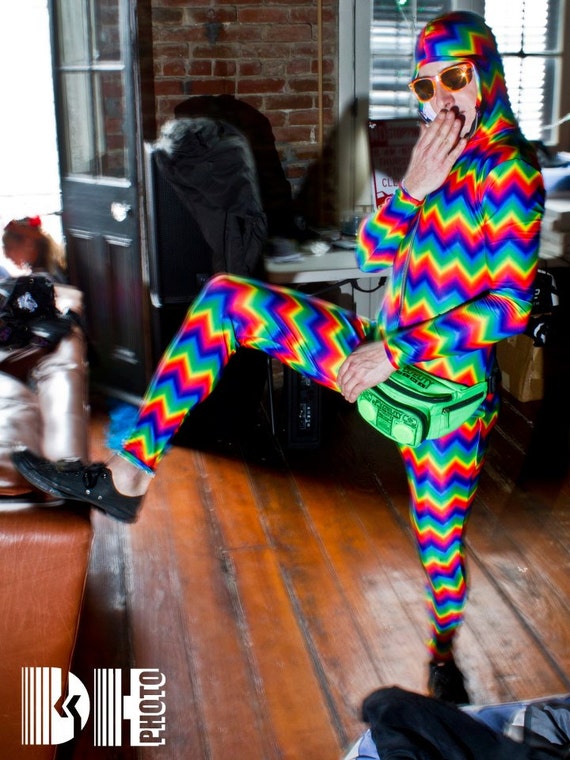
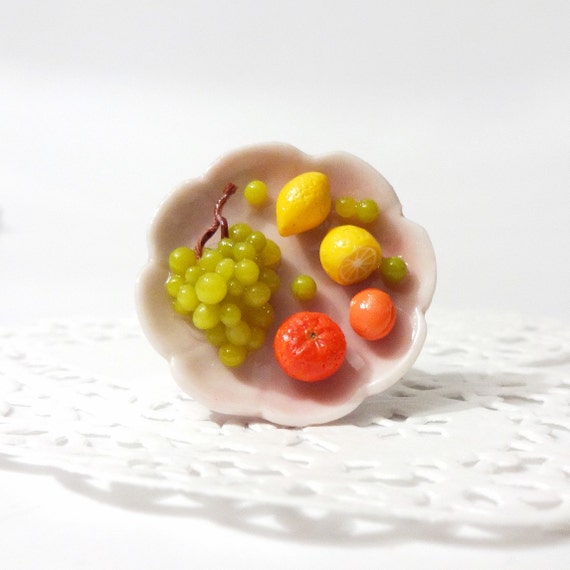 https://www.etsy.com/listing/176365831/tutti-frutti-tiny-fruits-handmade?ref=related-1
https://www.etsy.com/listing/176365831/tutti-frutti-tiny-fruits-handmade?ref=related-1
